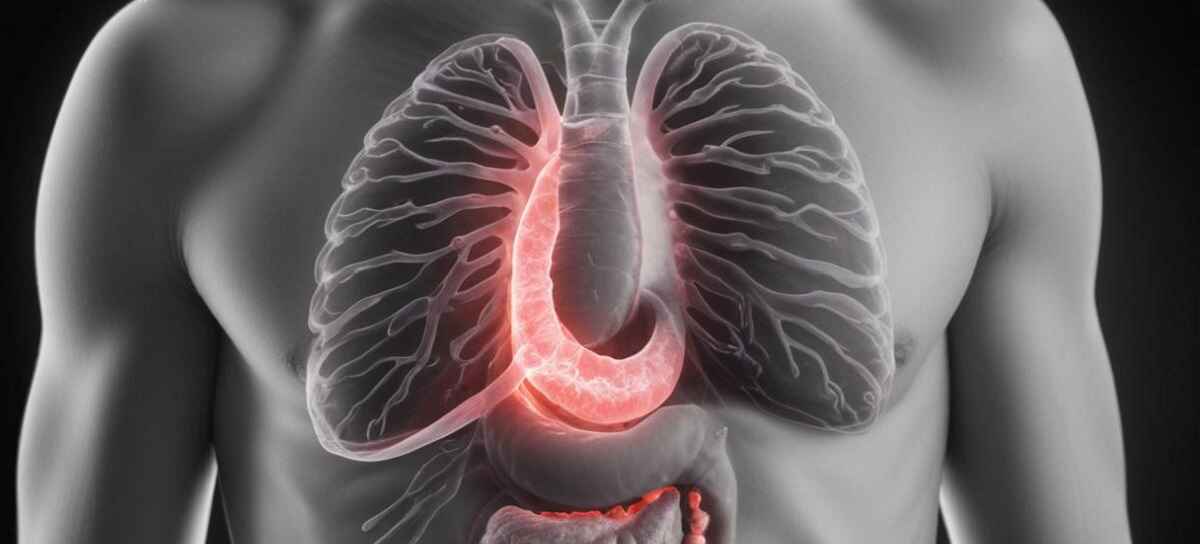A HIDA scan, also known as a hepatobiliary iminodiacetic acid scan, is a special test that helps doctors look at the liver, gallbladder, bile ducts, and small intestine. This test is very useful for finding problems with the biliary system, which is important for digestion because it helps the body break down fats.
Understanding the HIDA Scan
The procedure is quite simple. Your arm vein is used to receive a little injection of a radioactive material. This substance travels through your blood to the liver, which releases it into the bile. The bile, now carrying the radioactive substance, moves through the bile ducts to the gallbladder and then into the small intestine.
A special camera, called a gamma camera, takes pictures as the tracer moves through the organs. These images aid in the diagnosis and treatment of liver, gallbladder, and bile duct dysfunction. The whole process usually takes about one to two hours, and although it uses a small amount of radiation, the test is considered safe.
Conditions Diagnosed with a HIDA Scan
A HIDA scan (hepatobiliary iminodiacetic acid scan) is a medical test used to check how well the gallbladder and bile ducts are working. A radioactive tracer is injected into a vein during the procedure. The tracer is released into the bile and moves through the bile ducts after being absorbed by the liver. A HIDA scan can be used to evaluate or diagnose the following conditions:
Gallbladder Dysfunction (Biliary Dyskinesia)
A common reason for a HIDA scan is to check if the gallbladder is working properly. Occasionally, the gallbladder fails to close properly, allowing bile to pass into the small intestine. This condition, called biliary dyskinesia, can cause symptoms like upper abdominal pain, nausea, and indigestion, especially after eating fatty foods. A HIDA scan can show if the gallbladder is not functioning properly by revealing how well it ejects bile.
Cholecystitis (Gallbladder Inflammation)
Cholecystitis is the inflammation of the gallbladder, usually caused by a blockage in the bile duct, often due to gallstones. Severe stomach discomfort, fever, and nausea are possible symptoms of this illness. If there is an obstruction in the bile flow, a HIDA scan might reveal if the gallbladder is inflamed or infected. If the scan shows that bile is not moving normally from the liver to the gallbladder and then to the small intestine, it may suggest acute or chronic cholecystitis.
Bile Duct Obstruction
Bile is transported to the small intestine by the bile ducts from the liver and gallbladder. A blockage in these ducts can cause bile to back up into the liver, leading to jaundice (yellowing of the skin and eyes) and other serious health issues. This blockage can be caused by gallstones, tumors, or scarring. A HIDA scan can help identify the location and cause of the blockage by showing if the bile flow is interrupted or slowed down.
Biliary Atresia in Infants
Biliary atresia is a rare but serious condition in newborns where the bile ducts are either missing or blocked, leading to severe liver damage. A HIDA scan can be used in infants to diagnose biliary atresia by showing how bile is moving (or not moving) from the liver into the intestines. Early diagnosis is crucial because this condition often requires surgery to restore bile flow and prevent further liver damage.
Post-Surgical Complications
After gallbladder surgery, such as gallbladder removal, some patients may experience persistent symptoms like pain or jaundice. A HIDA scan can check for complications such as bile leakage or abnormalities in the bile ducts, helping doctors determine the next steps in the patient’s recovery.
Liver Function Assessment
While a HIDA scan primarily focuses on the biliary system, it can also provide information about liver function. By showing how well the liver takes up and releases the radioactive tracer, the scan can give clues about the liver’s ability to produce and transport bile. This can be useful in diagnosing liver diseases affecting bile production and flow.
Assessment of Bile Flow Post-Transplant
In patients who have had a liver transplant, a HIDA scan can assess bile flow from the new liver. This helps ensure that the transplanted liver is working properly and that there are no complications such as bile duct blockages or leaks.
Conclusion
A HIDA scan is a helpful test that shows how the liver, gallbladder, bile ducts, and small intestine are working. It tracks how bile moves through these organs, helping doctors diagnose problems like gallbladder dysfunction, inflammation, bile duct blockages, and liver issues. If your doctor suggests a HIDA scan, they need a better look at your biliary system to make an accurate diagnosis and decide on the best treatment.
